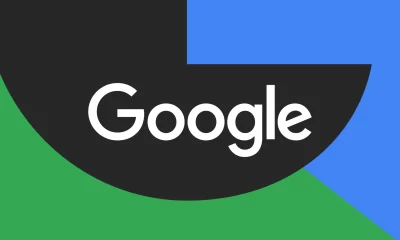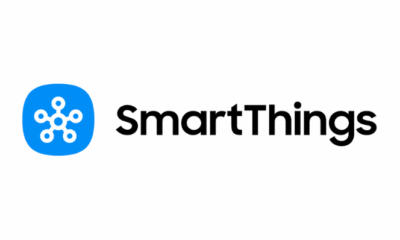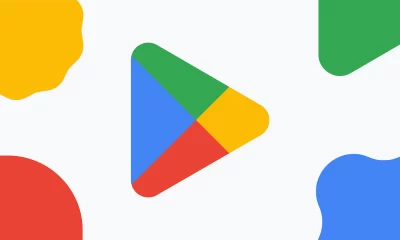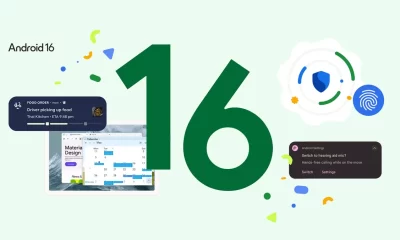Google Home fixes light control and Veo 3 boosts video creation
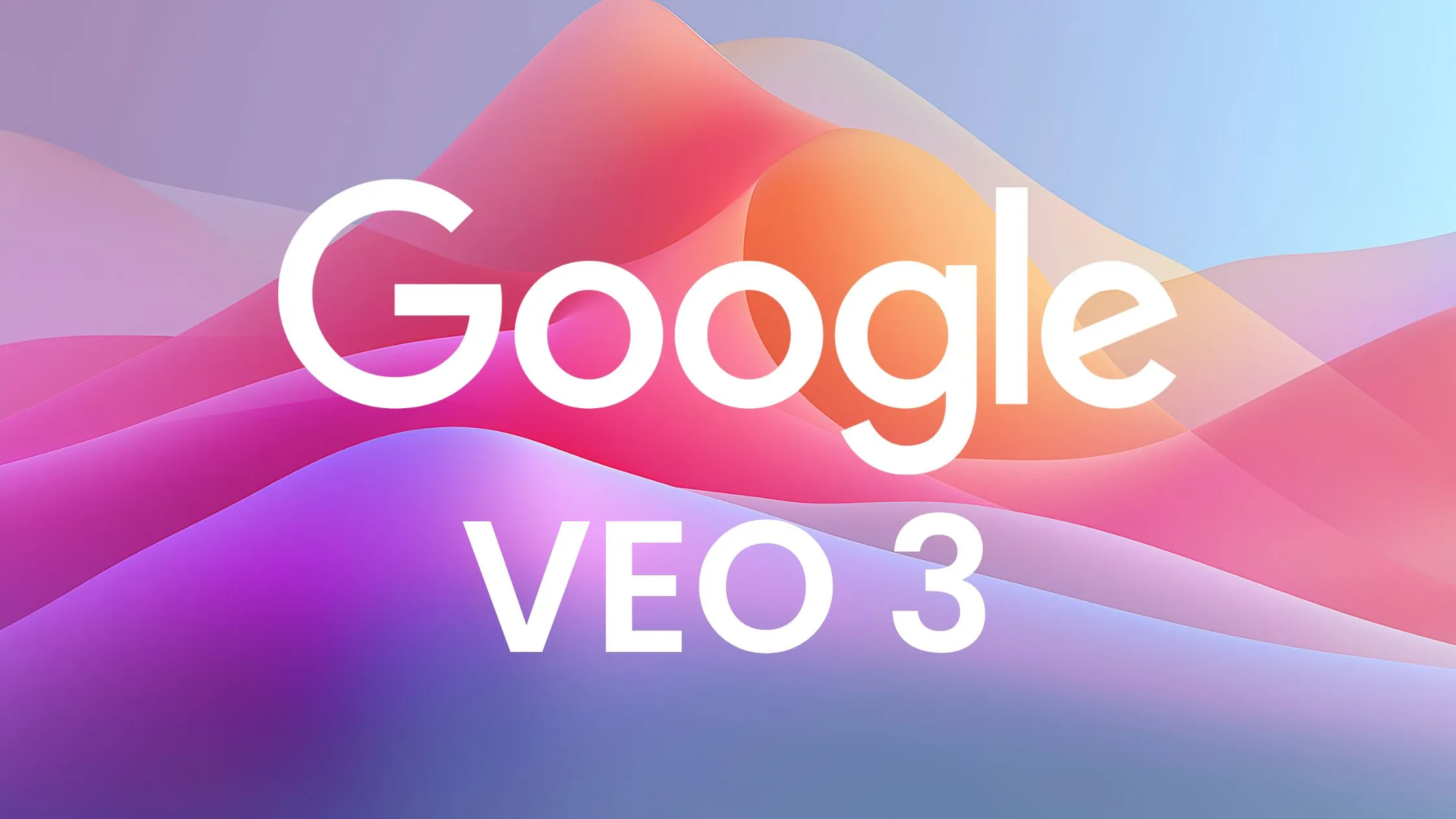
Google recently rolled out updates to make smart home control and AI video creation smoother and more powerful. For Google Home users, a common issue with voice commands for lights has been fixed.
Now, saying simple phrases like “turn on the light” or “dim the bedroom lights” works more reliably, even for specific lights or groups. Previously, these commands sometimes failed or needed exact wording, frustrating users.
The update ensures your voice instructions are understood clearly, making smart home control feel effortless. This improvement is already live, so users can expect better performance when managing their lights.
On the AI front, Google introduced Veo 3 and Veo 3 Fast, two advanced tools for creating videos, now available on Vertex AI. Veo 3 crafts high-quality 1080p videos from text or image prompts, complete with synced audio like dialogue or background sounds.
It’s perfect for businesses making ads, product demos, or training videos. Veo 3 Fast is a lighter version, built for speed and quick edits, ideal for testing ad variations or creating short animations. Starting in August, both tools will add image-to-video features, letting users turn still images into dynamic clips.
These updates make video creation faster and more accessible for creators and companies alike.Both advancements show Google’s focus on improving everyday tech. Whether it’s controlling your home with ease or creating professional videos quickly, these tools aim to save time and boost creativity.
Google Pixel 10’s Tensor G5 Chip: Cooler performance but still lags in speed tests
Google’s Pixel 10 series introduces the new Tensor G5 chip, a significant step forward in tackling one of the biggest issues with earlier Pixel phones: overheating. Unlike its predecessors, the Tensor G5, built by TSMC using a 3nm process, stays noticeably cooler during regular use.
In everyday tasks like browsing or app switching, the phone feels comfortable in hand, only warming slightly during setup or intense gaming. Compared to the Tensor G4 in the Pixel 9 series, the G5 runs cooler than devices like the Galaxy Z Fold 7 and Nothing Phone (3), marking a clear improvement in heat management.
While it may heat up quickly during gaming, it stabilizes without becoming uncomfortably hot, a promising sign for users frustrated by past thermal issues. However, when it comes to raw power, the Tensor G5 doesn’t quite match up to top competitors like Qualcomm’s Snapdragon 8 Elite.
Benchmarks show it’s about 34% faster than the Tensor G4, but it still falls short of leading chips in both single-core and multi-core performance. The G5’s strength lies in its consistency—it maintains steady performance over time, unlike some rivals that lose speed under prolonged stress.
This stability is a plus for tasks like gaming or multitasking, even if the chip isn’t the fastest on the market.Google’s focus with the Tensor G5 isn’t about winning speed races but powering on-device AI features, like advanced camera tools (Add Me, Auto Best Take, and 100x Pro Res Zoom) and real-time speech processing.
These features rely on the chip’s upgraded Tensor Processing Unit and custom Image Signal Processor, which handle complex tasks efficiently. The switch to TSMC also brings better power efficiency, contributing to the Pixel 10’s improved battery life of over 30 hours, compared to the Pixel 9’s 24+ hours.
In short, the Tensor G5 makes the Pixel 10 a reliable choice for everyday use and AI-driven tasks, with much better heat control. While it may not top benchmark charts, it delivers a smoother, cooler experience that most users will appreciate.
Google apps get fresh look and new features
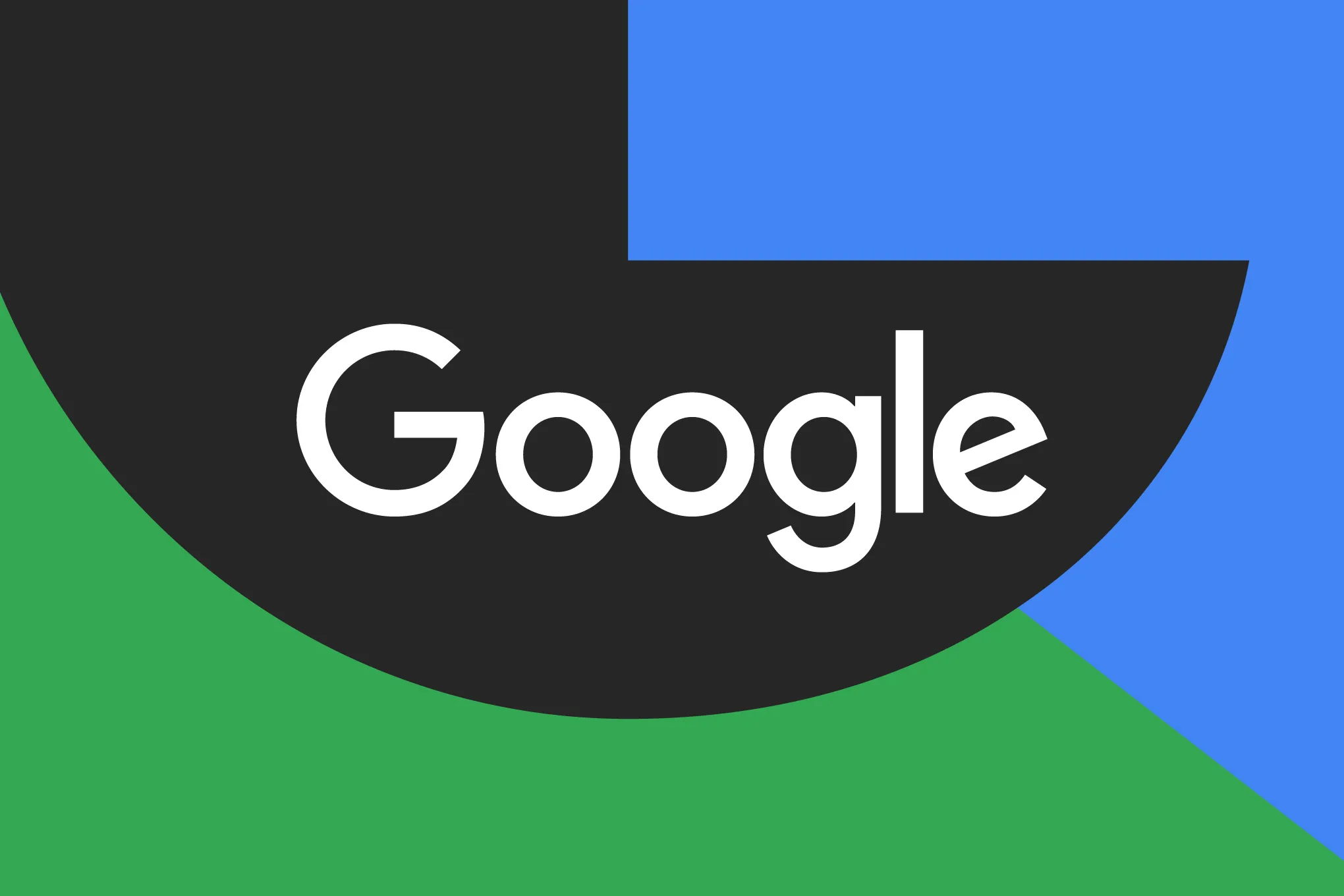
Google is rolling out updates to several of its popular apps, bringing a modern design and new features to enhance user experience. The Google Clock, Google Drive, Fitbit, Google Vids, and Google Phone apps are all getting a makeover with the Material 3 Expressive design, along with some exciting additions. Here’s a closer look at what’s new.
Google Clock Gets a Sleek Update
The Google Clock app (version 8.1) now sports a fresh design with a shorter bottom bar and outlined icons for a cleaner look. The Alarms tab highlights active alarms with a bright background, making them easier to spot.
Editing alarms is simpler too, with a slide-up sheet replacing the old inline controls. The Stopwatch feature now has bigger buttons for Stop, Reset, and Lap, displayed as cards instead of a list. The World Clock and Timers tabs also get a new font and a square-shaped floating action button (FAB) for a more intuitive feel. These changes are available on all Android devices.
Google Drive’s Modern Redesign
Google Drive for Android (version 2.25.310.0) is embracing the Material 3 Expressive style. The file list or grid view is now housed in a single, slightly darker container, giving it a polished appearance. A new connected button group lets users switch between list and grid views easily.
The search bar is thicker, and the floating action button menu has been revamped to include options like Folder, Upload, and Scan, though it’s a bit tall for one-handed use. This redesign is still rolling out and may not be available on all devices yet.
Fitbit App Adds Dark Theme
The Fitbit app (version 4.50) now offers a dark theme, separate from its Material 3 Expressive redesign. This darker look reduces eye strain, saves battery life on OLED screens, and improves readability with high-contrast text. It also gives the app a modern, sleek vibe. The update is available on Google Play for Android and the iOS App Store, though it’s not fully rolled out yet.
Google Vids Now Free for All
Google Vids, a video creation tool in Google Workspace, is now free for everyone with a Google account, not just Workspace users. This web-based app lets users create professional videos using templates, stock footage, and AI-powered features like text-to-video and voiceovers. It’s accessible at vids.google.com and is rolling out globally.
Google Phone App’s Big Revamp
The Google Phone app (version 186) has a major Material 3 Expressive overhaul. It now has three tabs—Home (merging Favorites and Recents), Keypad, and Voicemail—with calls displayed in rounded containers.
The Keypad replaces the old floating action button, and a new navigation drawer includes Contacts and Settings. Users can now answer or decline calls with a single tap or horizontal swipe, making the app more user-friendly.
These updates show Google’s commitment to making its apps more stylish and functional, with rollouts happening gradually across devices.
Google Play Store now lets apps open automatically after installation
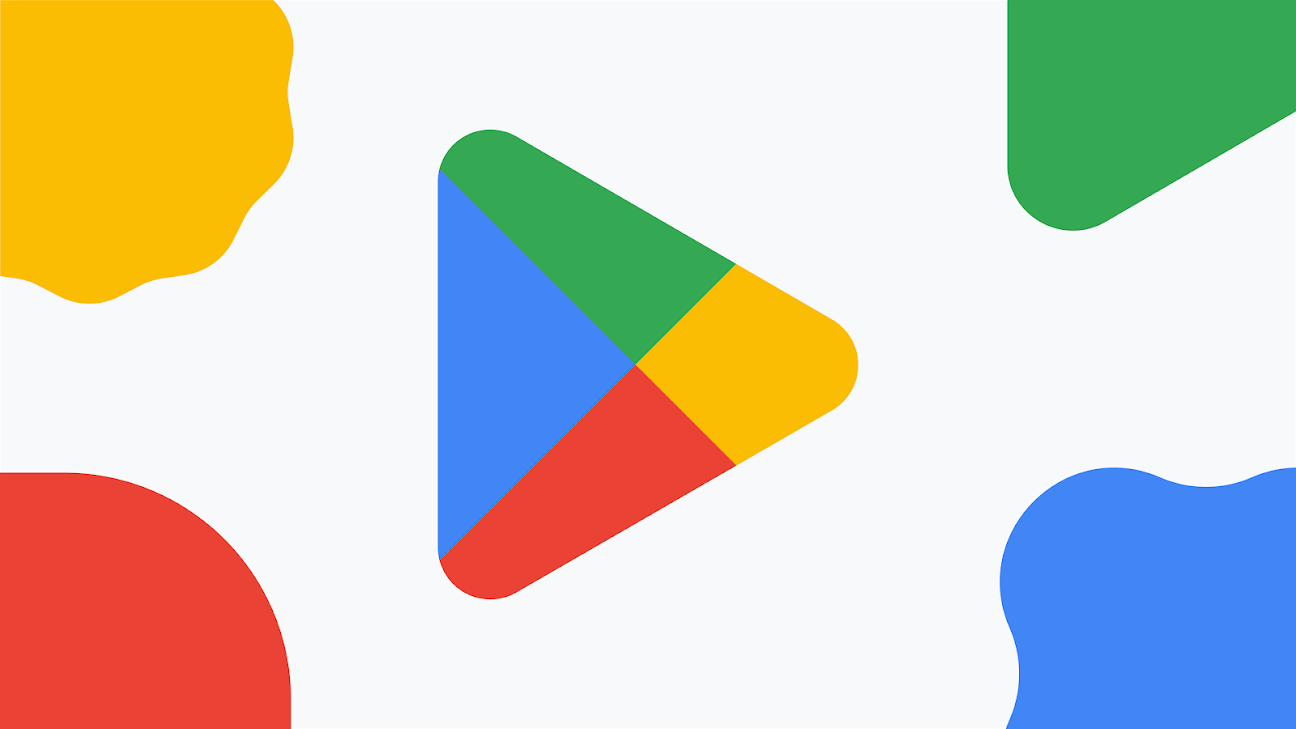
The Google Play Store is introducing a handy new feature that lets apps open on their own right after you install them. This update, which is rolling out to Android users worldwide, aims to make the app installation process smoother and more convenient. Instead of manually tapping to open a new app, you can now let the Play Store do it for you.
When you download an app, you’ll notice a new “Auto-open when ready” toggle just below the usual “Cancel” and “Open” buttons. If you turn this toggle on, the app will launch automatically five seconds after the installation finishes. A notification with a countdown timer will appear, giving you the option to hit “Open” sooner or “Cancel” to stop the auto-launch.
This feature is turned off by default, so you’ll need to enable it each time you install an app. Unfortunately, there’s no way to hide the toggle if you don’t want to use it, which might feel a bit cluttered for some users.Google has been testing this auto-open feature since June 2024, with early signs appearing in September of that year.
Now, it’s finally reaching more devices, likely with Play Store version 42.5.15 or later. The goal is to help users who often forget to open apps after downloading them, especially larger ones like games. This is part of Google’s broader effort to improve the Play Store experience, which also includes reminders for unopened apps 24 hours after installation.
Alongside this, Google has added other updates, like the ability to install or update up to three apps at once, making the process faster. While the auto-open feature is a small change, it could save time for those who want to jump straight into using their new apps. As Google continues to tweak the Play Store, users can expect more ways to streamline their Android experience.
-
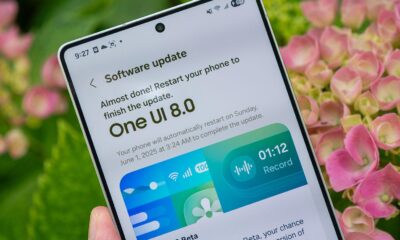
 Android2 months ago
Android2 months agoSamsung’s new One UI 8 update coming to Galaxy S24 and S23
-
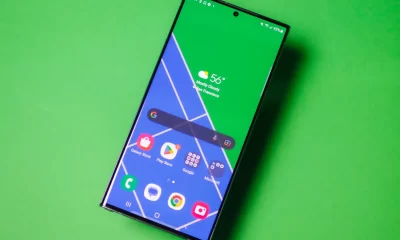
 News1 month ago
News1 month agoSamsung Galaxy S23 camera struggles after One UI 7 update
-

 Android2 months ago
Android2 months agoSamsung Galaxy S23 to see speed boost with One UI 8 update
-

 News2 months ago
News2 months agoSamsung’s new One UI 8 update brings smarter features to Galaxy phones
-

 News2 months ago
News2 months agoGalaxy S23 gets smoother animations with early One UI 8
-
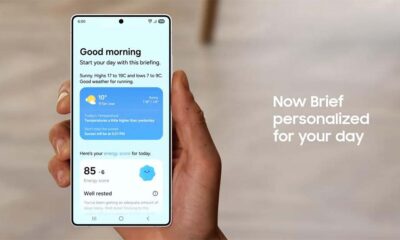
 News2 months ago
News2 months agoSamsung phones in Europe get new Now Brief feature
-
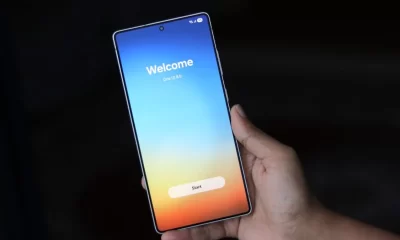
 News1 month ago
News1 month agoNew One UI 8 features for Galaxy S24 and S23 phones
-

 Android2 months ago
Android2 months agoSamsung Galaxy S25 gets stable One UI 8 update early
